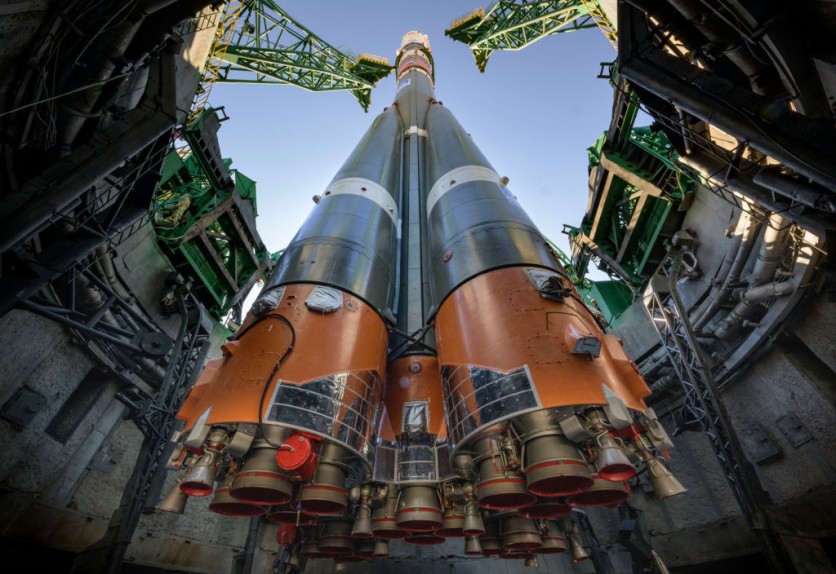SpinLaunch has received new funding of $71 million, brings its overall funding to $150 million, according to TechCrunch. The company is known for its technique of sending payloads to orbit by using centrifugal force to fling mass to space, which has received skepticism. However, this new funding only shows that investors see great potential in their technique.

The funds will be used to boost the commercialization of their SpinLaunch's kinetic launch system. This is in line with the company's aim to transform how we move things to space.
The Kinetic Launch System
The kinetic launch system of SpinLaunch works by using an aerodynamic launch vehicle that is attached to a rotating arm in a large vacuum chamber. Its arm will pick up speed until it flings the vehicle to space at around 5,000 MPH.
SpinLaunch has already conducted test launches with the use of their suborbital mass accelerator and has made an agreement with NASA for further testing.
The company is also developing a mass-manufactured line of satellite products that are G-hardened to withstand G-forces that will likely be generated during launch.
They are on a mission to put satellites in orbit using its system by 2026. All of their tests have been conducted at Spaceport America in New Mexico, and SpinLaunch is in the final selection for its first site for orbital launch.
Also Read: SpinLaunch Signs Contract with NASA to Test Payload Delivery Service to Orbit, Future of Launches?
Centrifugal Force to Launch Payload to Orbit
The current ways of launching payloads to space are limited to multi-stage rockets, expendable vehicles, as well as air- and sea-launched vehicles. All of these involve the use of reaction forces, and thus have limitations, which is why they are only being used for low-earth orbit missions that are below 30,000 km.
While the company may sound like a completely new concept for launching payload to low Earth orbit, it is based on a tried and tested physics. Centrifugal force is the same force that keeps people strapped to their seats as they ride on a roller-coaster. In this case though, this force is unleashed in a vacuum chamber that is used to fling payload to orbit.
When the vehicle is released from the arm, it will use onboard thrusters to stabilize itself while the surrounding vacuum chamber helps to increase the speed of the vehicle. It can barely be seen in the video below, but the vacuum is used to reduce the effect of air resistance in the chamber.
While there are different techniques used to launch payload to space, all of them are quite complicated. This makes it difficult for small companies and startups to get their technology to space. SpinLaunch can help them with their innovative and cost-effective technology.
Related Article: Company That Wants To Send Cargo Into Space Prefers The Use Of Catapults Over Rockets
This article is owned by Tech Times
Written by April Fowell

![Apple Watch Series 10 [GPS 42mm]](https://d.techtimes.com/en/full/453899/apple-watch-series-10-gps-42mm.jpg?w=184&h=103&f=9fb3c2ea2db928c663d1d2eadbcb3e52)


